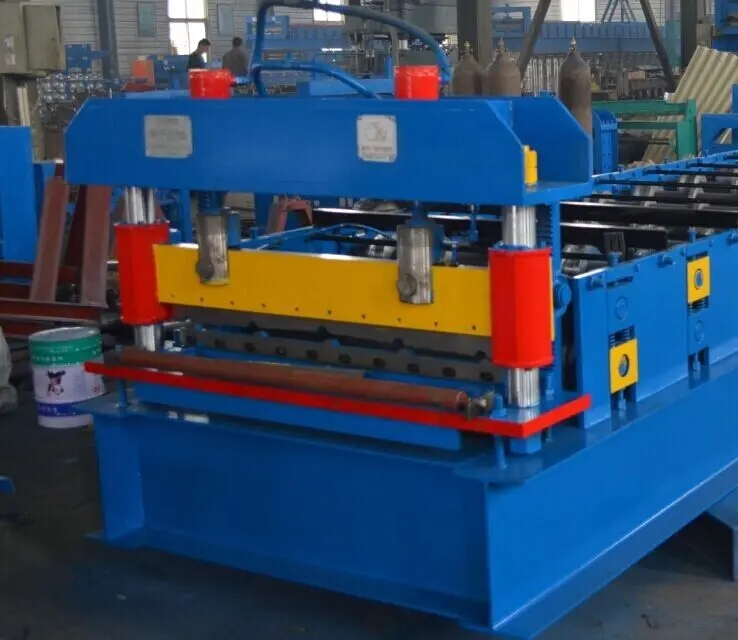
The Evolution and Importance of Steel Tube Mills
Steel tube mills play a crucial role in the production of steel tubes and pipes, which are essential components in various industries such as construction, automotive, and energy. The process of manufacturing steel tubes involves several intricate steps that transform raw steel into finished products that meet specific specifications and standards.
The history of steel tube mills dates back to the early 19th century when the industrial revolution spurred massive advancements in manufacturing practices. Initially, steel tubes were produced using traditional techniques, but as demand grew, innovation became necessary. The introduction of the welded tube process marked a significant shift in the industry. This method allowed manufacturers to create stronger and more versatile tubes, enhancing their applications across different sectors.
Modern steel tube mills employ advanced technologies that increase efficiency and precision. The production process typically begins with the rolling of flat steel sheets into cylindrical shapes. This operation is closely followed by welding, where the edges of the rolled sheets are fused together to form a continuous tube. Depending on the desired end product, various types of welding methods, such as high-frequency induction welding or laser welding, may be utilized. The type of welding chosen often depends on the characteristics required for the final application.
After welding, the newly formed tubes undergo rigorous quality control tests to ensure they meet the necessary standards. These tests can include hydrostatic testing, which examines the integrity of the tubes under pressure, and non-destructive testing methods that check for internal and external defects without causing damage.

Steel tube mills also have the capacity to produce a variety of tube shapes and sizes. While round tubes are the most common, mills can manufacture square, rectangular, and special-shaped tubes tailored to specific industry needs. This versatility is essential as different applications can demand unique geometric configurations for optimal performance.
Furthermore, the steel tube industry is increasingly embracing sustainability and environmental responsibility. Mills are exploring methods to reduce waste and energy consumption, as well as to recycle scrap materials generated during production. The use of advanced technologies, such as automated monitoring systems and energy-efficient equipment, contributes to minimizing the ecological footprint of steel tube manufacturing.
As global infrastructure development continues to rise, the demand for steel tubes remains robust and is projected to grow in the coming years. Industries such as renewable energy, particularly in the production and distribution of solar panels and wind turbines, increasingly rely on high-quality steel tubes. Additionally, the ongoing expansion of urban areas and the requirement for improved transportation systems further bolster the market for steel tubes.
In conclusion, steel tube mills are at the heart of steel production, providing essential components that are integral to modern engineering and construction. Through continuous innovation and a commitment to quality and sustainability, these mills are poised to meet the challenges of a rapidly changing industrial landscape. As we move forward, the importance of steel tube mills will undoubtedly continue to rise, solidifying their position as key players in the global economy.